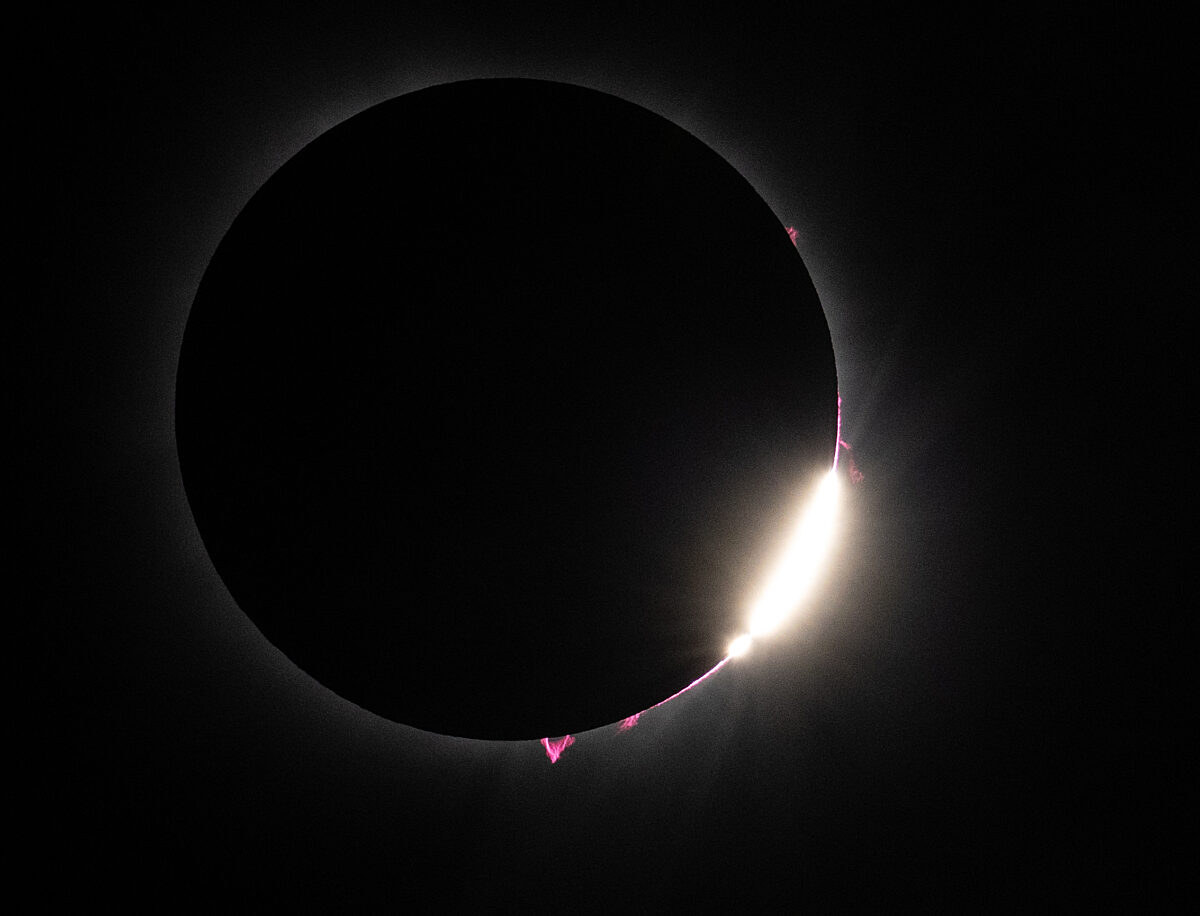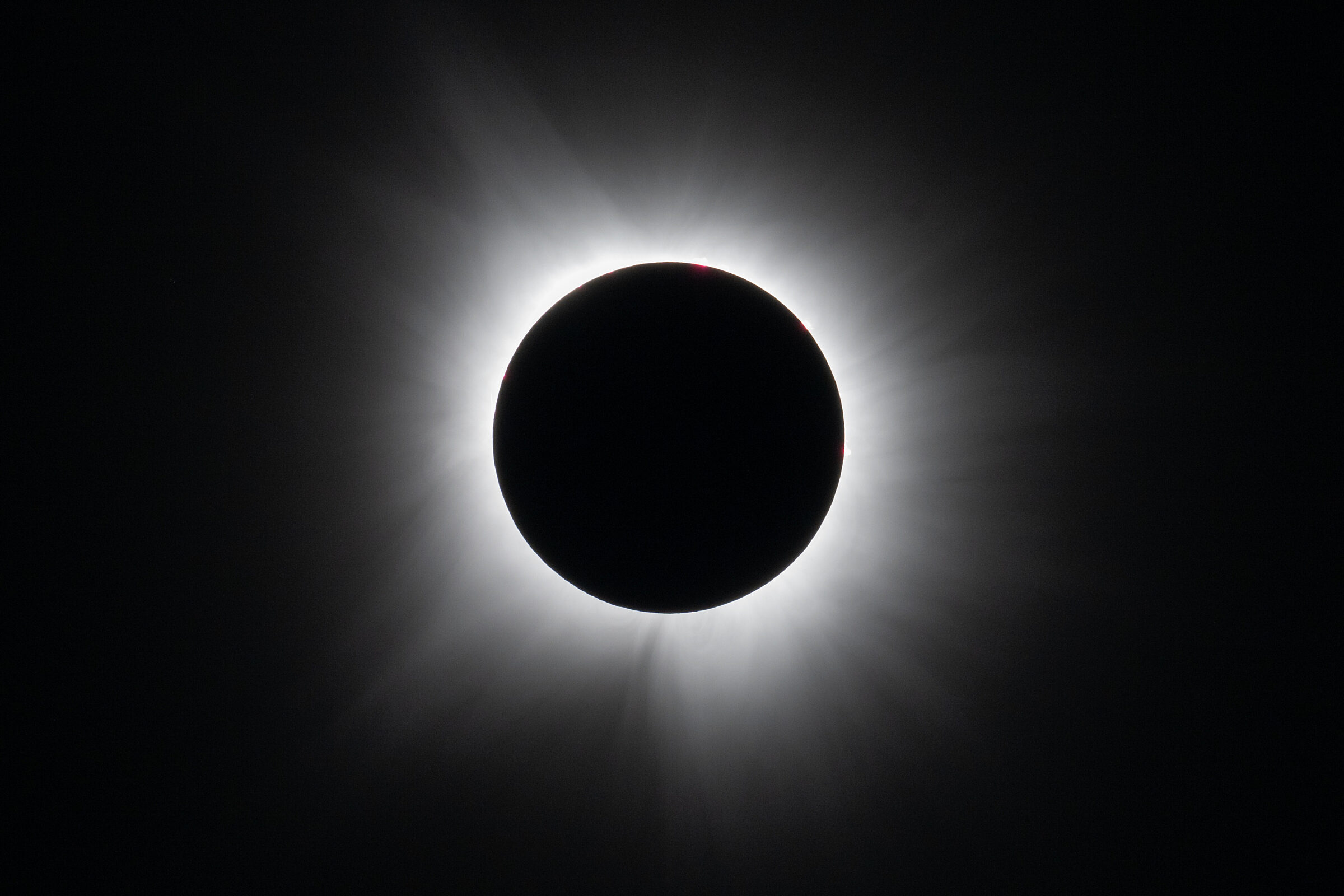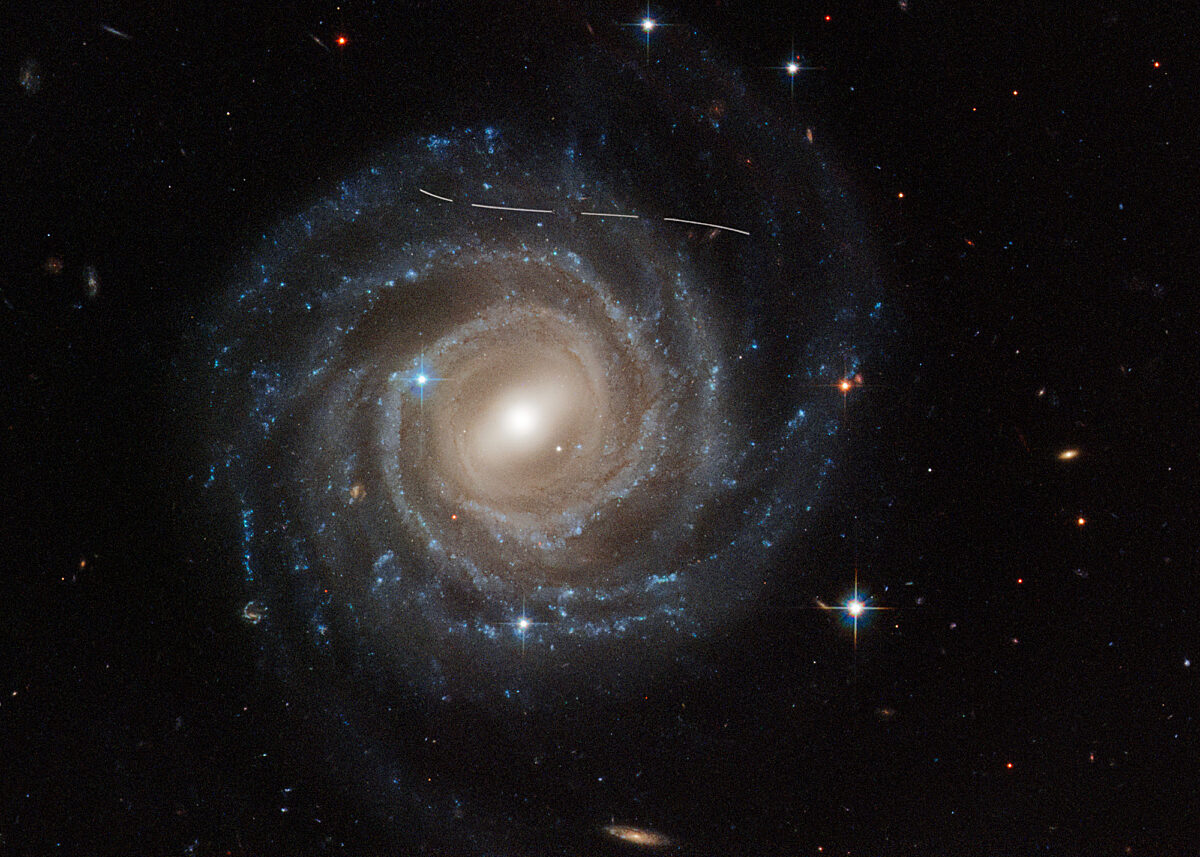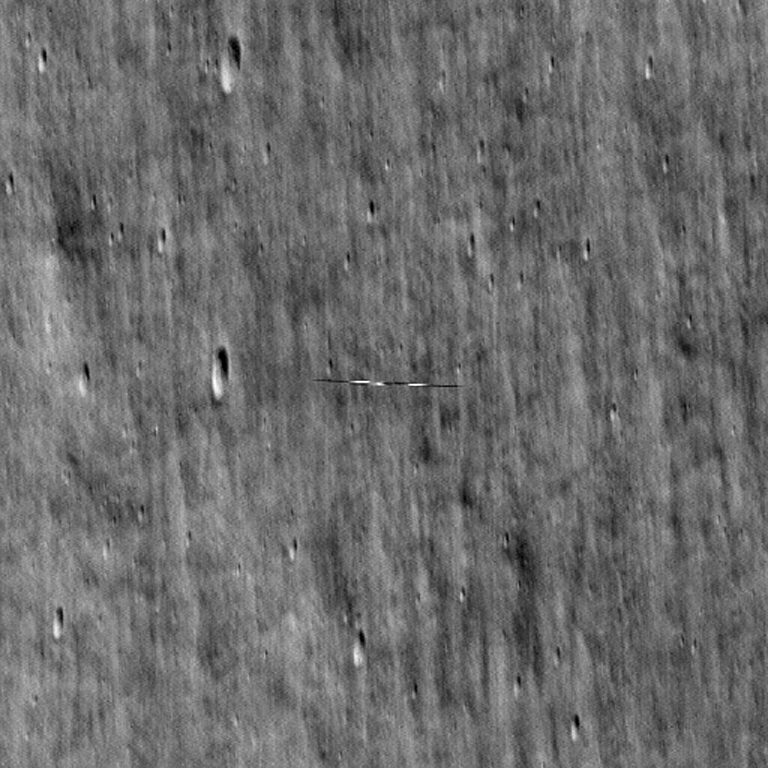The coolest new space pictures: April 2024
This month, a total solar eclipse swept across North America, giving millions of people the chance to see a rare alignment of the Moon, Sun, and Earth. For those watching within the path of the darkest part of the Moon’s shadow, day turned to twilight, revealing the Sun’s corona. Even astronauts aboard the International Space Station had a chance to participate as the orbital complex flew directly through the eclipse.




Here are some other images that caught our attention this month:









 Explore Worlds
Explore Worlds Find Life
Find Life Defend Earth
Defend Earth


